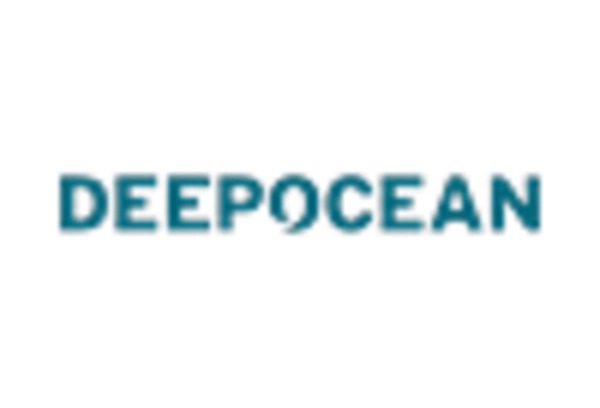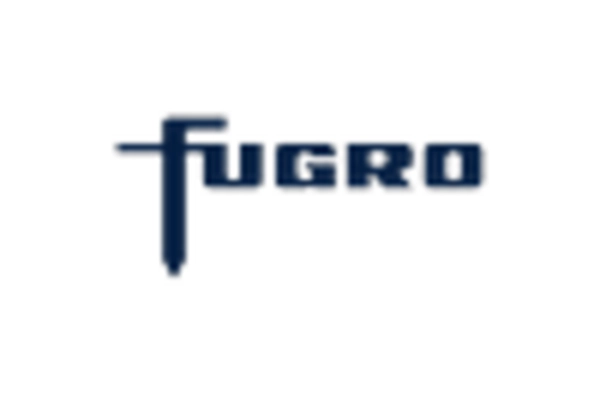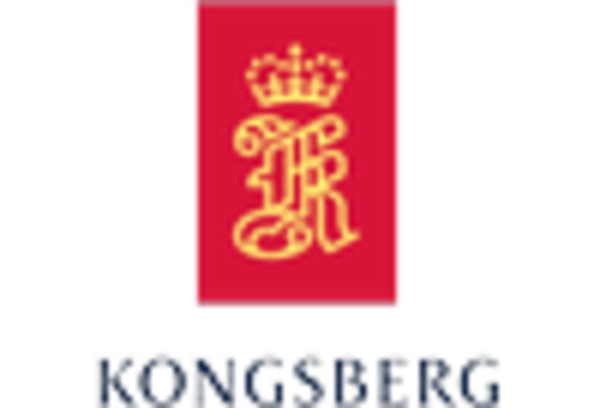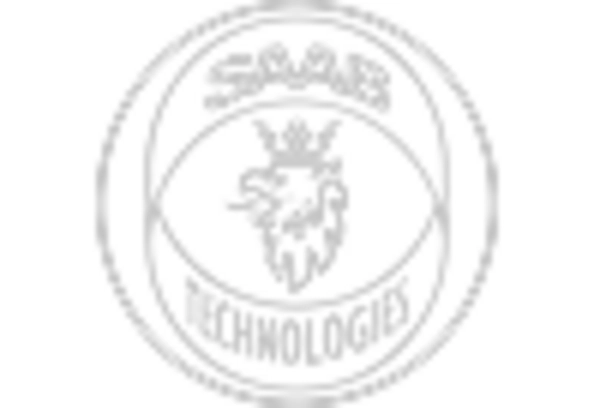Expansion of Offshore Energy Projects
The market for remotely operated vehicles is poised for growth due to the expansion of offshore energy projects in Japan. As the country seeks to diversify its energy sources, investments in offshore wind and oil exploration are increasing. The government has set a target of generating 10 GW of offshore wind energy by 2030, which will require advanced remotely operated vehicles for installation and maintenance. This trend is expected to drive the market's value to approximately ¥40 billion by 2027, as companies invest in reliable and efficient remotely operated vehicles to support these initiatives.
Advancements in Robotics and Automation
The remotely operated-vehicle market is significantly influenced by advancements in robotics and automation technologies. Japan, being a leader in robotics, is integrating sophisticated automation features into remotely operated vehicles. This integration enhances operational efficiency and reduces human intervention in hazardous environments. The market is expected to reach ¥50 billion by 2026, as industries such as oil and gas, and marine research increasingly adopt these advanced vehicles. The incorporation of AI and machine learning into remotely operated vehicles is likely to further propel market growth, as these technologies improve decision-making and operational capabilities.
Growing Interest in Marine Conservation
The remotely operated-vehicle market is benefiting from Japan's increasing commitment to marine conservation efforts. The government has implemented various initiatives aimed at protecting marine ecosystems, which necessitate the use of remotely operated vehicles for monitoring and research. With an estimated ¥5 billion allocated for conservation projects, the demand for these vehicles is expected to rise. The remotely operated-vehicle market is likely to see a surge in applications related to habitat restoration and biodiversity assessments, as stakeholders recognize the importance of sustainable practices in marine environments.
Increased Demand for Underwater Exploration
The remotely operated-vehicle market in Japan is experiencing heightened demand due to the country's focus on underwater exploration. With its extensive coastline and rich marine biodiversity, Japan is investing in technologies that facilitate deep-sea research. The government has allocated approximately ¥10 billion for marine research initiatives, which is likely to boost the adoption of remotely operated vehicles. These vehicles are essential for conducting surveys, monitoring ecosystems, and exploring underwater resources. As a result, the remotely operated-vehicle market is projected to grow at a CAGR of 8% over the next five years, driven by the need for advanced exploration tools.
Enhanced Safety Regulations in Industrial Applications
The remotely operated-vehicle market is influenced by the implementation of enhanced safety regulations in various industrial sectors. In Japan, industries such as construction and mining are adopting remotely operated vehicles to comply with stringent safety standards. These vehicles minimize human exposure to hazardous environments, thereby reducing workplace accidents. The market is projected to grow by 6% annually as companies prioritize safety and efficiency. The increasing regulatory focus on worker safety is likely to drive the adoption of remotely operated vehicles, making them an integral part of industrial operations.
















Leave a Comment